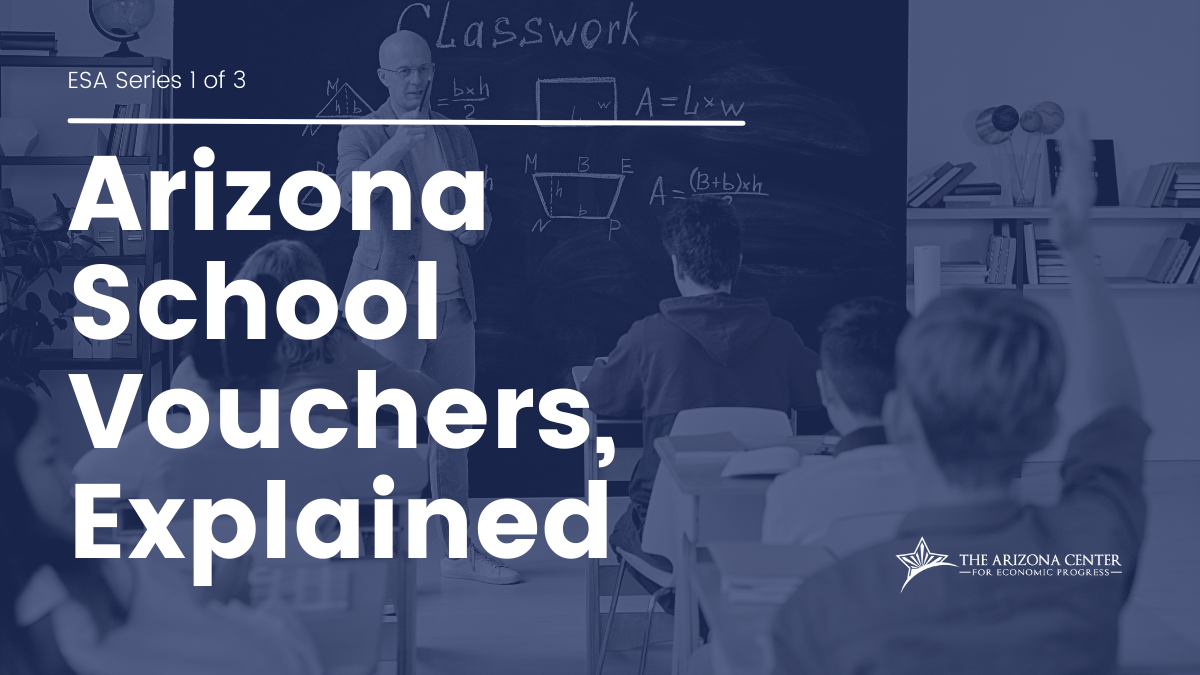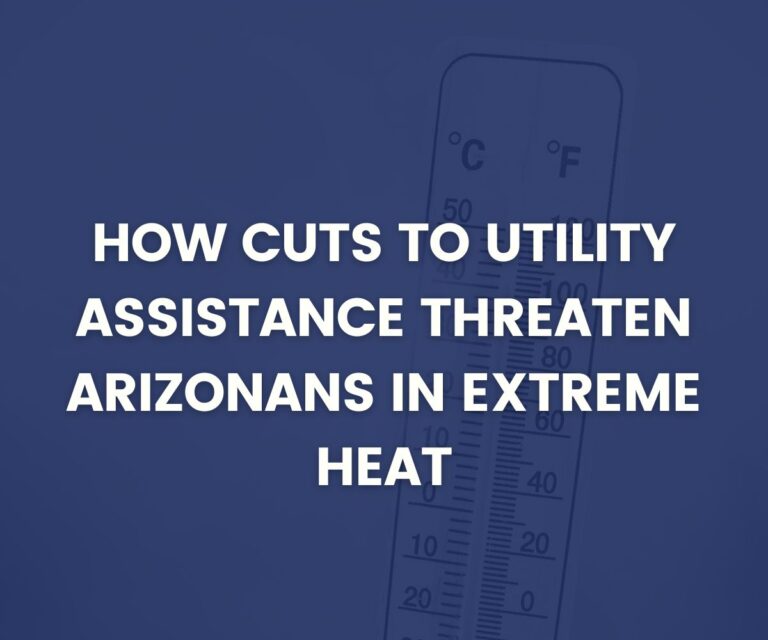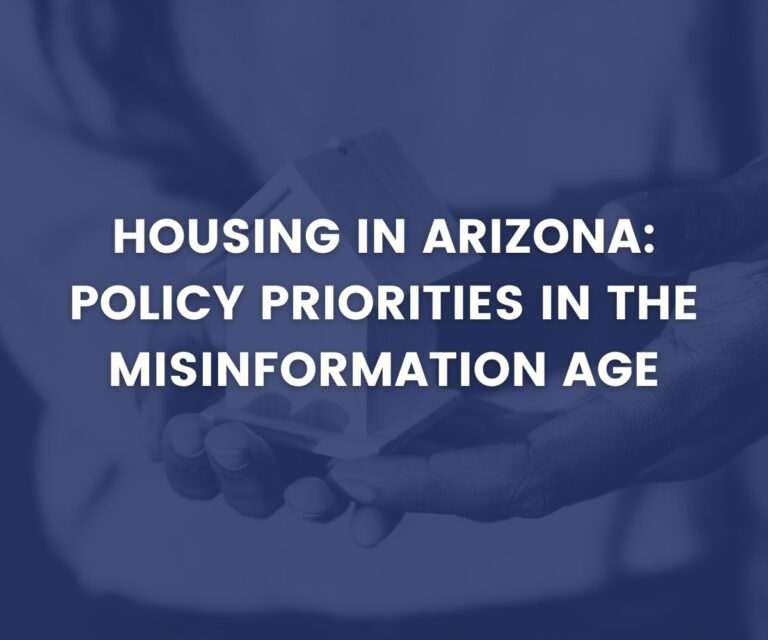
Arizona School Vouchers, Explained
This post is part of a series including Arizona School Vouchers, Explained, School Voucher Costs Have Risen Much Faster Than K-12 Funding Increases, and School Vouchers Lack Necessary Transparency and Accountability.
For over 20 years, some Arizona state legislators have been fighting to expand school vouchers and reduce funding for public schools. In 2011, the Arizona legislature created Empowerment Scholarship Accounts (ESAs) to use state dollars to pay for private education. Since then, the ESA program has grown substantially. In 2022, legislation was passed to expand ESAs to any child eligible to enroll in school in Arizona (“universal vouchers”). The Arizona Department of Education now projects ESAs will cost $900 million in fiscal year 2024, diverting tax dollars to private school tuition, fees, textbooks, and other educational expenses.
What are school vouchers? A school voucher is a government-funded or taxpayer-supported program that pays tuition, fees, and other expenses for a student to attend a private school or be homeschooled rather than attend the free public school available to the student. Arizona has two categories of school voucher programs, Student Tuition Organizations (STOs) and Empowerment Scholarship Accounts (ESAs).
What are Empowerment Scholarships Accounts?
Empowerment Scholarships Accounts (ESAs) are taxpayer-supported vouchers that can be used for tuition at a private school, including religious or parochial schools. ESAs were initially designed to provide private school vouchers to students living with disabilities but have since been expanded to include new categories of students and legislation is being considered this year to expand even more.
History of School Vouchers in Arizona:
1998 – The Arizona legislature creates the first category of Student Tuition Organization (STO) for any student to attend a private school in the state. The first STOs award scholarships to private schools.
What is a Student Tuition Organization (STO)? A Student Tuition Organization is a tax-exempt nonprofit organization certified by the Arizona Department of Revenue to receive donations and issue scholarship funding to private schools as provided by state law. Unlike ESAs which can be used for textbooks, tutoring, testing, uniforms, etc., STOs are restricted to tuition only. Both individuals and corporations can direct their tax dollars to STOs through tax credits.
2006 – The Arizona legislature creates two $2.5 million direct appropriations to the Arizona Department of Education: one for students living with a disability and one for students who have been in foster care and are in the process of being adopted or placed with a guardian. During this time, the Arizona Department of Education makes payments directly to schools and not parents.
2008 – In May 2008, the Arizona Court of Appeals rules that a direct appropriation was unconstitutional since it funded private and religious schools directly. However, the court allows payments to be made through the 2008-2009 school year.
2009 – The Arizona legislature creates a new STO for students living with disabilities, replacing the direct appropriation from 2008.
2011 – Arizona’s Empowerment Scholarship Account (ESA) program is established and operated by the Arizona Department of Education in conjunction with the State Treasurer and a third-party vendor. The program is intended to expand educational opportunities outside of public-school settings for students living with disabilities only. The same year, the legislature establishes that students cannot use both an STO and ESA to cover tuition and fees. In the first year of the ESA program 114 students received $1.6 million state dollars.
2012 – The Arizona legislature expands ESAs to include students who have been in foster care and have either been or are in the process of being adopted or placed with a permanent guardian, children of members of the Armed Forces, and students attending schools classified as “D” and “F” schools.
2017 –The Arizona legislature passes a bill that would enact universal school vouchers in Arizona, expanding eligibility from a few thousand students to 1.6 million students. Save Our Schools Arizona, a statewide grassroots movement, mobilizes thousands of education advocates and parents to refer Proposition 305 to the 2018 ballot to block implementation of universal school vouchers.
2018 – 65 percent of Arizona voters vote NO on Proposition 305, repealing the bill and preventing the expansion of ESAs.
2020 – The Arizona legislature attempts to expand ESAs again. This time, the bill is aimed at expanding ESAs to 70% of the student population. The bill fails to secure the votes in the legislature.
2021 –The Arizona legislature considers two bills that would expand ESAs to four new categories. Both bills fail to pass.
2022 – The Arizona legislature expanded ESA eligibility to all Arizona residents who are eligible to enroll in an Arizona public school. Students are no longer are required to have attended a public school before enrolling in the ESA program. The legislature also expanded the expenses ESA funds can be used for to include transportation, computers, and other equipment.
Growing List of Expenses Covered by Taxpayers
Over the past decade, not only has the eligibility for ESAs expanded but also the types of allowable expenses covered by taxpayers. The Arizona legislature’s original spirit of the program was designed to direct payments to private schools to cover tuition. Today the program also covers the cost of personalized education expenses, textbooks, achievement tests, uniforms, post-secondary education for high school graduates, and much more.
List of Allowable Spending Categories:
- Private school tuition and fees
- Textbooks and curriculum
- Tutoring services
- Achievement tests
- Uniforms
- College entrance exams including the cost of preparatory classes
- Approved individual classes and extracurricular activities at a public school
- Tuition, fees, and required textbooks at a community college, public university, or accredited private postsecondary institution
- Students with disabilities may use ESA funds to pay for therapies and other services as approved by the Arizona Department of Education.
- Public transportation or services to transport a student to the school in which they are enrolled.
- Computer hardware technological devices primarily used for education purposes.
- Calculators, computers, laptops, tablets, microscopes, telescopes, and printers.



